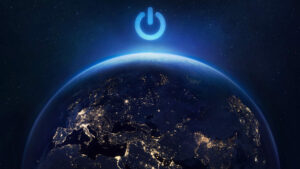Tesla’s ditching nickel and cobalt for LFP batteries — here’s why that’s important

See ya nickel and cobalt. Well not entirely. Pic: via Getty Images
Tesla’s confirmation that it will adopt lithium iron phosphate chemistry (LFP) batteries for its high volume, standard range Model 3 and Model Y electric cars marks what could be a wider shift away from the more expensive nickel cobalt aluminium (NCA) chemistry.
While LFP batteries were already in use for its cars made in China, its adoption outside of the world’s most populous country has been limited due to intellectual property restrictions.
This relates to a series of key LFP patents managed by a consortium of universities and research institutions that reached an agreement with Chinese battery makers a decade ago, which excused them from pay a licensing fee — provided that the batteries were only used in China.
These patents are due to expire in 2022, which neatly explains Tesla’s timing for its LFP moves.
LFPs are cheaper than NCA or NCM (nickel manganese cobalt) cells — mainly because they don’t require scarce and price-volatile metals such as nickel or cobalt.
They also have much longer useful lifetimes, though this is offset by lower energy densities.
However, while LFP cells hold less power, this is not as big as a drawback as it may seem as they are also less volatile, meaning that less space is required for cooling and structural protection.
It marks a notable shift in the outlook for EV supply chains, given that Tesla built 228,882 Model 3 and Model Y vehicles in the third quarter of 2021 (compared with just 8,941 of its premium Model S and X models).
Other manufacturers moving to LFP
And it’s not the only company making that move.
Ford has also flagged that it will use LFPs in some commercial vehicles while German giant Volkswagen plans to use LFPs
This could mean increasing use of LFPs for entry-level electric vehicles.
In turn, the use of nickel-based cells may be geared towards higher-end performance vehicles, as most consumers are likely to be satisfied with slightly lower driving ranges in exchange for lower cost.
Related Topics
UNLOCK INSIGHTS
Discover the untold stories of emerging ASX stocks.
Daily news and expert analysis, it's free to subscribe.
By proceeding, you confirm you understand that we handle personal information in accordance with our Privacy Policy.








